
WRITTEN BY LONDON SWAMINATHAN
Post No. 10,603
Date uploaded in London – – 27 JANUARY 2022
Contact – swami_48@yahoo.com
Pictures are taken from various sources for spreading knowledge.
this is a non- commercial blog. Thanks for your great pictures.
tamilandvedas.com, swamiindology.blogspot.com
This is the second part of my article ‘Were Greeks Asuras? Strange information in Upanishad’ posted yesterday.
Hindus were great civil engineers long before any other civilization in the world. This is proved by continuous references to architectural matters in our literature. In Ramayana we come across building a bridge over sea. In addition, we hear about the spatial palace of Ravana.
In Mahabharata , we hear about the Wax Palace (House of Wax- Lakshagriha= House of Lacquer) with tunnels. But the description in the Sabha Parva about the palace built by Maya Danava at Indraprstha is extraordinary. What period was it? 3000 years ago or 5000 years ago? Or is it just later interpolation?
If one puts all the building references from Hindu scriptures in chronological order, we know that it is not an interpolation.
Rig Veda has references to 1000 Pillar Hall. But they did it with wood not stone. 2700 years ago, Panini wrote Ashtadhyayi, first grammar book in the world. Interpreting on some Sutras( pithy rules) later commentators add owl shaped buildings, eagle shaped buildings etc. (Please see the links below)
Later we come across in 2000 year old Sangam Tamil literature that Mauryans laid road route in mountainous area to come to South India. That should have happened during Maurya Chandra Gupta time (3rd century BCE).
Before that, Agastya laid a road route though the Vindhya Hills to South India. The Puranas describe it Agastya subduing the arrogance of Vindhyas.
We also saw two great River diversions in the stories of Bhageeratha and Agastya. Bhageeratha diverted River Ganges and Agastya diverted River Kaveri. Greatest engineering feats in the ancient world.
If we arrange all the great engineering feats then we know that the description of a Glassy / Crystal Palace in Sabha Parva of Mahabharata is neither imaginary nor a later day interpolation.
Danavas/Asuras/Daityas is the community who specialised in this area. They were part of Hindu society according to our scriptures. It looks like they lived in the heart of Uttar Pradesh during Mahabharata time.
Two important words in the World Dictionary entered because of them
Maya- Mayan- Great builders of South and Central America came from the building community whose chief was Maya. He was the one who built the most famous building in the epic. Immediately Dhritarashtra also wanted one such building with 1000 Pillars. The 1000 pillar halls in many Tamil Nadu and Andhra temples today are engineering wonders of the world. This is also in the Rig Veda; but in those days it was constructed with wood; during Nayak period they did it with stone.
The second word the world dictionary got is Gondwana Land. It is a geological term now. Actually, it was Khandava Vana land. (Khandavavana= Gondwana)
The burning of Khandava Vana near Delhi was a historical event. That lead to a big clash between the Kuru Dynasty and the Nagas who were living in the forest. Maya who was also living in the Khandava forest was rescued by Arjuna and Krishna. Here is the discussion they had after the Forest burning incident.

Mahabharata Palace
We come across thousand pillared buildings in the Rigveda, in the second book of which we read,
“Those two kings…..take their seat in the supremest house , the thousand pillared, firmly based.” R V 2-41-5; 5-62-6.
In another place we read of Varuna’s house with 1000 pillars: RV 7-88-5
In a third place we have a reference to a hundred stone built towns RV 4-30-20
This reference is very important, as showing stone built towns were known even in the Rigveda times. .
xxxx
In the Apastamba Sutra 2-10-25
The king is directed to build a Royal Town and a palace House for himself, so that the palace shall stand in the heart of the town and in front of it, there shall be a hall, called the Hall of Invitation.
In chapter 228 of Adiparva of Mahabharata, called Maya darshana parva, we are told while Khandava forest was being burnt an Asura, by name Maya came out of the dwelling of Takshaka and begged Arjuna to protect him.
The words in the epic,
Then Madhusudana Krishna saw an Asura named Maya, running away from the dwelling of Takshaka. Then fire, with wind for its charioteer, wanted to burn him. So he assumed a body and putting on matted hair he thundered like a cloud. Knowing that he was Maya, who was the best of chief Dana and the best of Architects. Vasudeva stood with a chaktra lifted up.
Arjuna saved him.
Maya tells Arjuna,
I am the all doer, a great sage of the Danavas. O Pandava, I desire to do something for you
Aham hi visvakarma vai danavanam mahakavihi
Soaham vai tvatkrute kartum kinchit ichhami
Then Arjuna answers
O Danava I do not want to frustrate your intentions; do something for Krishna, so that I shall myself requited.
Krishna says to Maya,
O Best of Architects, if you desire to do me a good turn, O then, Daitya build such a hall for Yudhisthira that no one in the whole world will be able to imitate it.
Then Maya who was pleased accepted his word and made Pandavas beautiful hall of the form of a balloon.
In Vasa’s words
Pratigruhya tu tatvakyam samprahrusto mayasthatha
Vimanaprathimam chakre pandavasya Subham sabham
Then Maya began to build the palace hall.
According to the intention of the Pandavas and the high minded Krishna, the illustrious did auspicious acts. Then having satisfied thousands of Brahmins with sweet drinks and giving them various kinds of wealth , that strong one measured the ground, 10000 arms square , which was beautiful, heaven like, full of merits in all seasons.
Further up we are told that the throne hall was built in 14 months.
Xxxx
Katha Sarit Sagara,a later work by Somadeva of 12th century, described Maya as a devotee of Lord Shiva. Rishi Kasyapa blessed him with some boons.
Passages quoted by Curtius and Strabo from Megasthanes show big buildings, pavilions,gardens, palaces belonging to the court of Chandtagupta in Pataliputra.
In Mahabharata there is a beautiful description of Indraprastha, city of the Pandavas,
It was adorned with a ditch as deep as the sea, and was surrounded by a rampart wall, which reached the skies. It shone with doors as be
as the wings of Garuda bird and with tall houses. it was closed by gates which reached the sky and resembled Mandara mountain. It was shining with several white mansions. It resembled heaven and called Indraprastha.
There all architects came to reside. On all sides of the town there were delightful gardens. It shone with houses as pure as looking glasses, with vine pavilions of various kinds, with picture houses and artificial mounds. Beautiful lotus ponds of various kinds, covered over with lotuses were there. And also many large and delightful lakes.
All of us know how Duryodana and his brothers visited the palace and mistook glassy floors for water ponds and water ponds for glassy floors. When they fell in one of the ponds Pandva brothers except Yuthisthira laughed. Whether Draupadi was there and laughed or not is still debated.
In the Sabha parva, 49th chapter ,we read
Dhriarashtra says,
Let architects quickly build for me a large, pretty and beautiful hall with one thousand pillars and one hundred doors. Another passage adds
With pictures of gold and lapis lazuli, with crystal festoons.
We can imagine Indraprastha and Hastinapura were with thousands of Taj Mahal like buildings. I
LINKS TO MY OLD ARTICLES (If the links dont work please go to swamiindology.blogspot.com and try or Copy and paste it in google)
Vedic Origin of Thousand Pillar Halls in Indian and Mayan …
https://tamilandvedas.com › 2014/07/05 › vedic-origin-…
5 Jul 2014 — One of the architectural wonders of the world is Thousand Pillar Mandap (hall) in South Indian Temples. It originated in the Rig Vedic …
Mayas and Tamils
https://tamilandvedas.com › tag › mayas-and-tamils
28 Apr 2012 — Posts about Mayas and Tamils written by Tamil and Vedas. … 1000 pillar mandap is mentioned in Vedas and it is found in Madurai and other …
BEAUTIFUL SRIMUSHNAM TEMPLE (Post No.4844) – Tamil …
https://tamilandvedas.com › 2018/03/23 › beautiful-sri…
23 Mar 2018 — … Tiruvannamalai, we have 1000 pillar Mandap/hall here. … 16 pillar mandap; here we have one Purushasukta mandap where Vedic recitation …
NAZCA LINES- Part 1 (Post No.8847) | Tamil and Vedas
https://tamilandvedas.com › 2020/10/23 › hindus-solve…
23 Oct 2020 — WRITTEN BY LONDON SWAMINATHAN Post No. 8847 Date uploaded in London – –23 OCTOBER 2020 Contact – swami_48@yahoo.com Pictures are taken from …
NAZCA | Tamil and Vedas
https://tamilandvedas.com › tag › nazca
24 Oct 2020 — That is a few hundred years before the date of Nazca lines and figures. So now the mystery is solved. Like the army engineers and …
Peru | Tamil and Vedas
https://tamilandvedas.com › tag › peru
24 Oct 2020 — Now I will explain that and add more points from Paninian grammar and Hindu Salagrama worship in South America. When we look at these together …
Vedic Origin of Thousand Pillar Halls in Indian and Mayan …
https://tamilandvedas.com › 2014/07/05 › vedic-origin-…
5 Jul 2014 — One of the architectural wonders of the world is Thousand Pillar Mandap (hall) in South Indian Temples. It originated in the Rig Vedic …
Mayas and Tamils
https://tamilandvedas.com › tag › mayas-and-tamils
28 Apr 2012 — Posts about Mayas and Tamils written by Tamil and Vedas. … 1000 pillar mandap is mentioned in Vedas and it is found in Madurai and other …
BEAUTIFUL SRIMUSHNAM TEMPLE (Post No.4844) – Tamil …
https://tamilandvedas.com › 2018/03/23 › beautiful-sri…
23 Mar 2018 — … Tiruvannamalai, we have 1000 pillar Mandap/hall here. … 16 pillar mandap; here we have one Purushasukta mandap where Vedic recitation …
NAZCA LINES- Part 1 (Post No.8847) | Tamil and Vedas
https://tamilandvedas.com › 2020/10/23 › hindus-solve…
23 Oct 2020 — WRITTEN BY LONDON SWAMINATHAN Post No. 8847 Date uploaded in London – –23 OCTOBER 2020 Contact – swami_48@yahoo.com Pictures are taken from …
NAZCA | Tamil and Vedas
https://tamilandvedas.com › tag › nazca
24 Oct 2020 — That is a few hundred years before the date of Nazca lines and figures. So now the mystery is solved. Like the army engineers and …
Peru | Tamil and Vedas
https://tamilandvedas.com › tag › peru
24 Oct 2020 — Now I will explain that and add more points from Paninian grammar and Hindu Salagrama worship in South America. When we look at these together …
-SUBHAM-
Tags- 1000 pillar Hall, Palaces, Mahabharata, architecture, Vedic, Halls



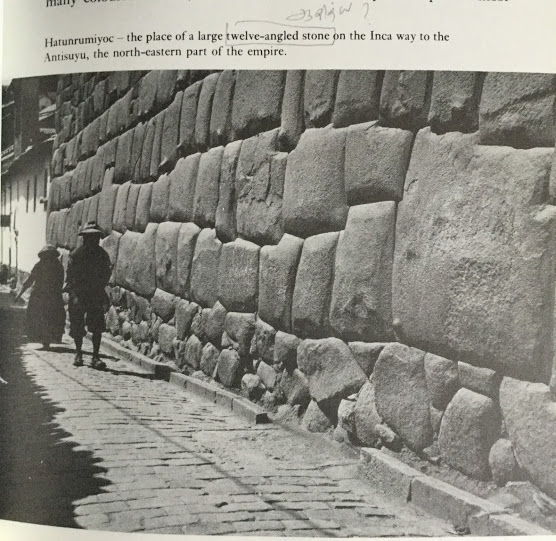






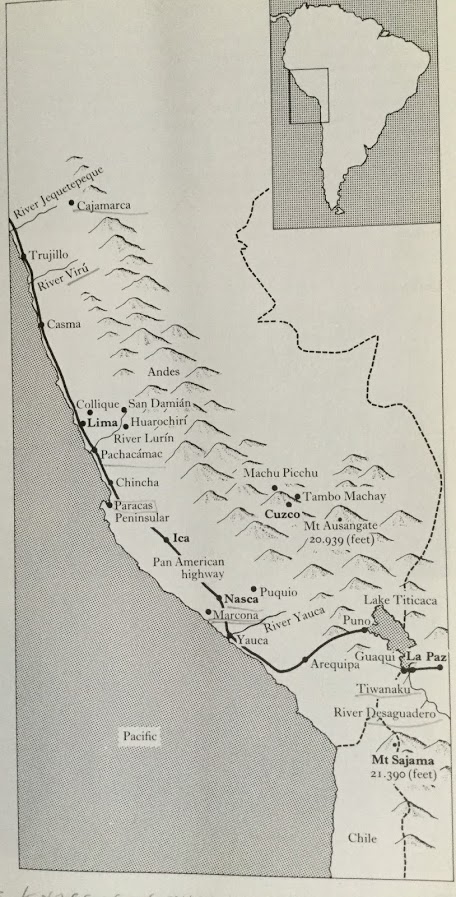



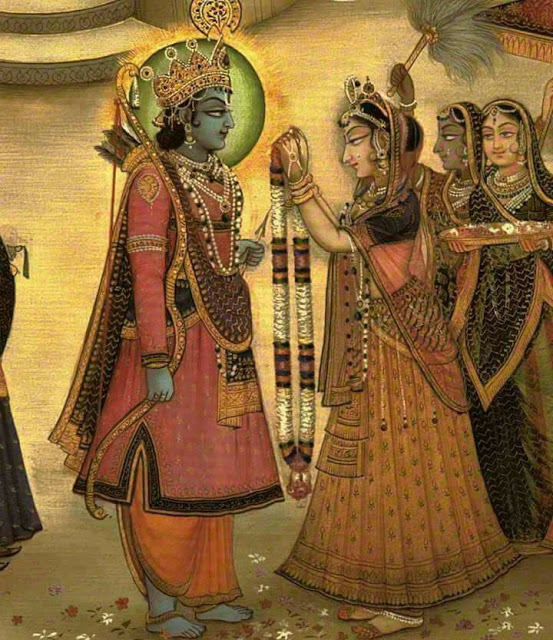








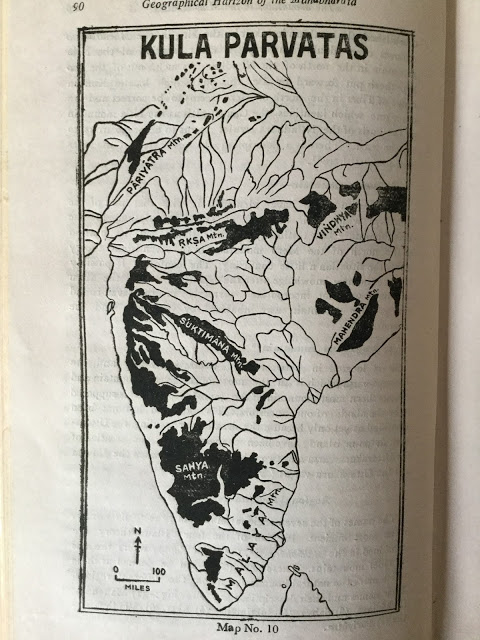



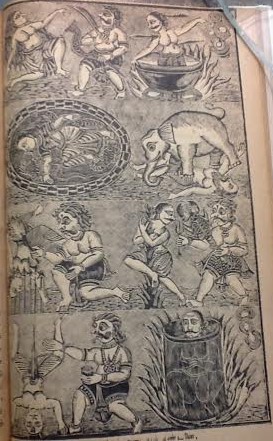
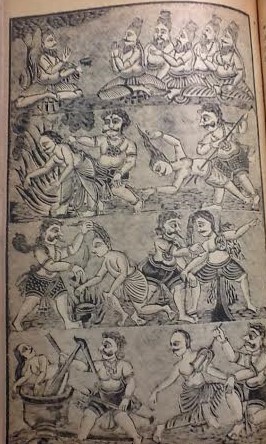


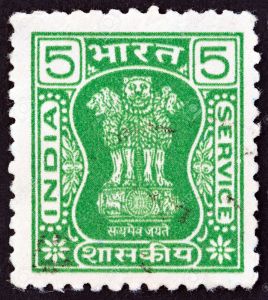
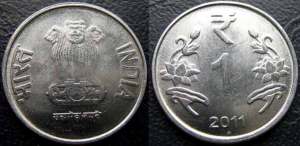


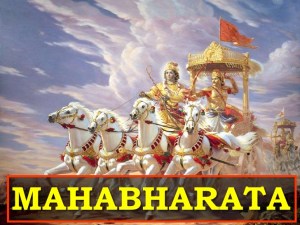
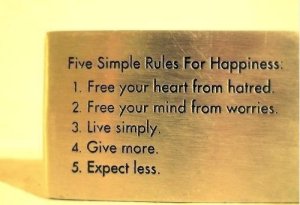

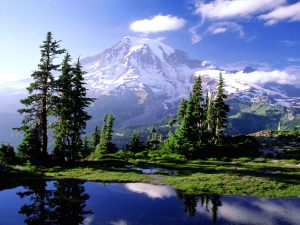






You must be logged in to post a comment.